PRP Joint Injection San Diego
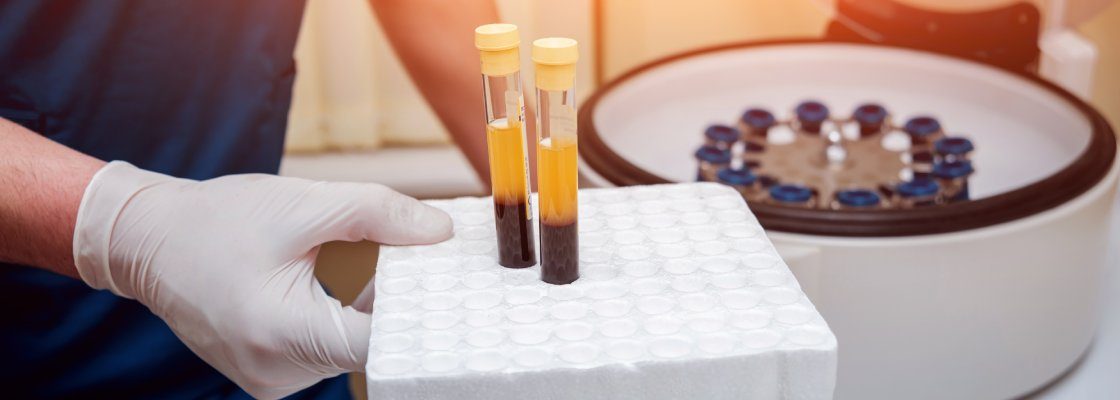
What is PRP?
PRP is a blood product derived from your own blood that has a higher concentration of platelets compared to regular blood.
The platelets have therapeutic benefits because once they are injected, they release growth factors that have multiple regenerative properties.
For many patients, PRP can provide a long-lasting healing effect.
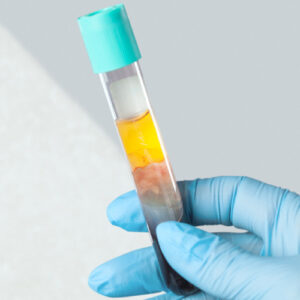
What Is PRP Helpful For?
Platelet-rich plasma (PRP) has been used since the 1950s. PRP joint injection therapy may be helpful for multiple conditions including:
- Osteoarthritis of the knee
- Joint pain stiffness
- Tennis elbow
- Golfers elbow
- Rotator cuff injuries
- Repair of connective tissues
- Sports related injuries including ACL and MCL
Both ultrasound and MRI images have shown definitive tissue repair after PRP therapy, confirming the healing process. The need for surgery can also be greatly reduced by treating injured tissues before the damage progresses and the condition becomes irreversible.
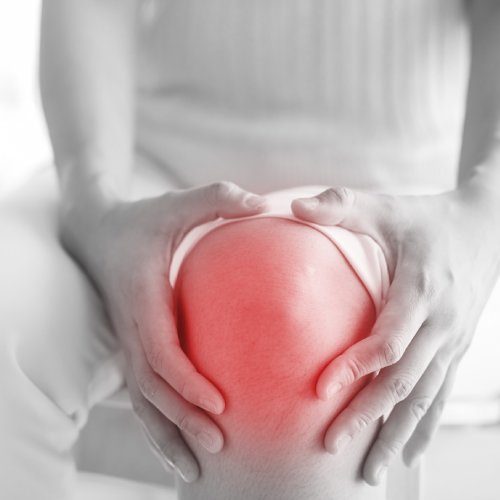
What to Expect on PRP Joint Injection Day
- Our doctors will first review any imaging (not required) provided by the patient followed by a physical examination.
- We will take a blood draw which will be processed while you rest. The process then involves centrifuging (spinning) the blood to separate the platelet poor plasma from the platelet rich plasma.
- The final PRP product is injected into the joint space.
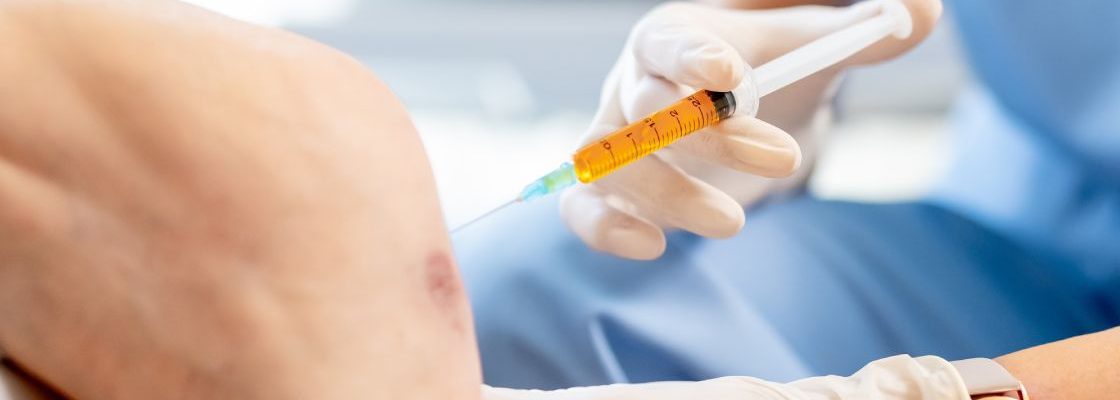
Is PRP Painful?
Injection of the PRP solution can be slightly uncomfortable. Our patients typically rate the level of pain a 2-3/10 in intensity. We do spray a freezing solution on the area as we perform the procedure to make things more comfortable. The injections also contain lidocaine which numbs the area after the initial injection. Our doctors are highly trained in regenerative medicine and try their best to ensure a pain-free and effective experience.
How Long Does PRP Take to Work?
What are the Risks of PRP?
- Allergic reaction to the solution or topical anesthesia
- Pain and stiffness at the injection site
- Bruising and/or infection at the infection site
- Muscle spasms
- Itching and swelling at the injection site(s)
- No positive benefits from treatment
Is PRP Covered by Insurance?
Unfortunately, PRP injections are not currently covered by insurance.
However, we can provide our patients with a superbill that can be submitted to their insurance provider for reimbursement.
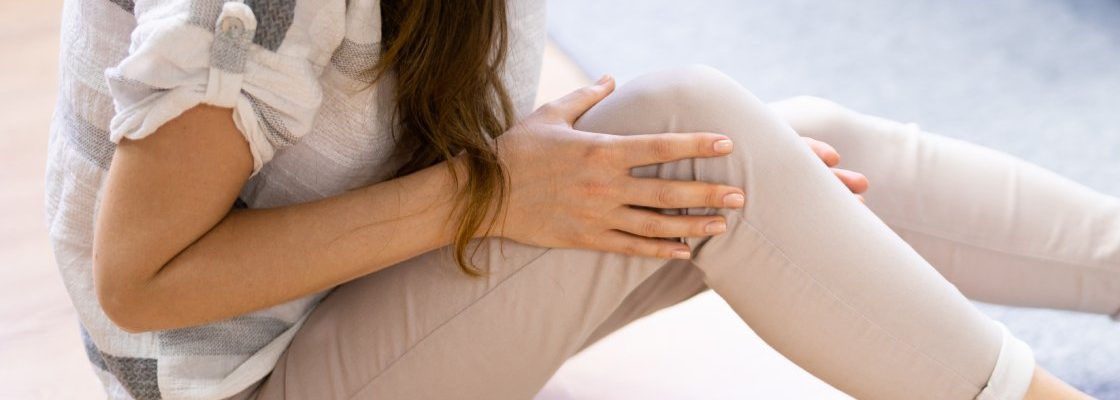
PRP versus Cortisone
A June 2021 study (1) compared intra-articular corticosteroid injections and PRP injections. Compared with corticosteroid injections, PRP was significantly better in reducing osteoarthritis symptoms (pain, stiffness, functionality) at three, six and nine months post-intervention. Triple injections of PRP, generally separated by a week, were superior to single injections over 12 months follow-up.
How Does PRP Work?
Studies have shown positive effects that PRP has on the development of cartilage and the production of type II collagen.
Laboratory experiments have shown that PRP has a positive effect on meniscal cells.
PRP may provide growth factors that enhance meniscus healing.
Osteoarthritis is a degenerative disease of synovial joints resulting in the progressive loss of articular cartilage. PRP contains growth factors that are useful in treating cartilage dysfunction.
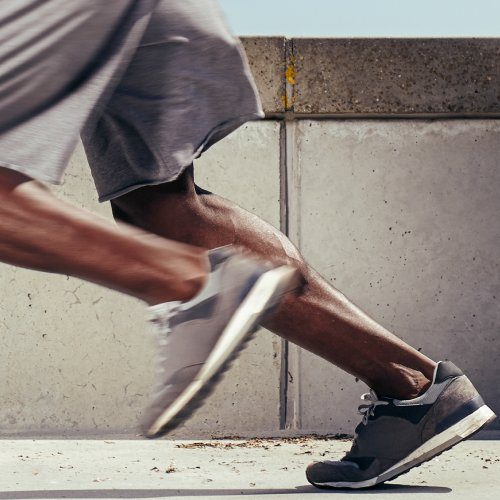
Is PRP Safe?
The majority of our patients experience little to no side effects following PRP joint injection therapy.
There are risks of bruising, infection, and post injection pain at the site of injection, however, working with an experienced Naturopathic Doctor will ensure lesser likely of these side effects from occurring.
Rarely, patients can experience headaches, nausea, sweating, and increased heart rate temporarily from the numbing solution in the injection (lidocaine).
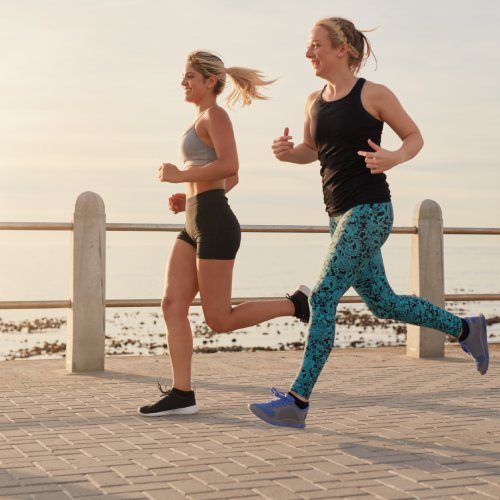
What are the Contraindications For PRP Joint Injection Therapy?
How to Prepare for PRP Injections
Number of PRP Injections
What to Expect After PRP Joint Injection

Most ligaments and tendons heal within a period of 3 months.
The first 4 days post-PRP treatment are the most important. Because the PRP is calling on blood and stem cells to flood the joint, expect some swelling that lasts up to one week. Avoid stressing the joint or you may cause the treatment to be ineffective.
Interested in PRP?
If you are interested in PRP consider scheduling a discovery call with one of our doctors to see if this is a right fit for you.
Ready to schedule an appointment?
